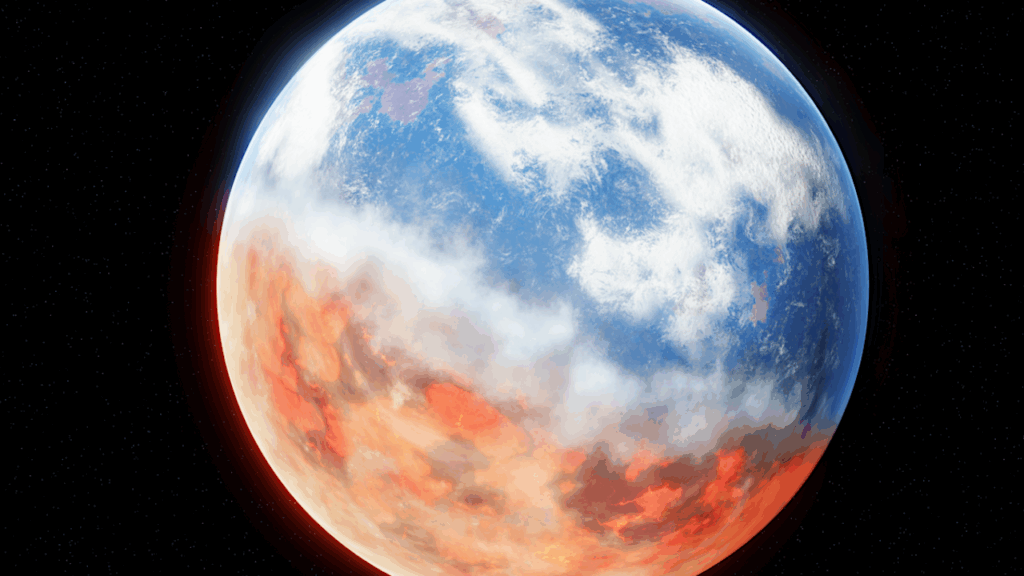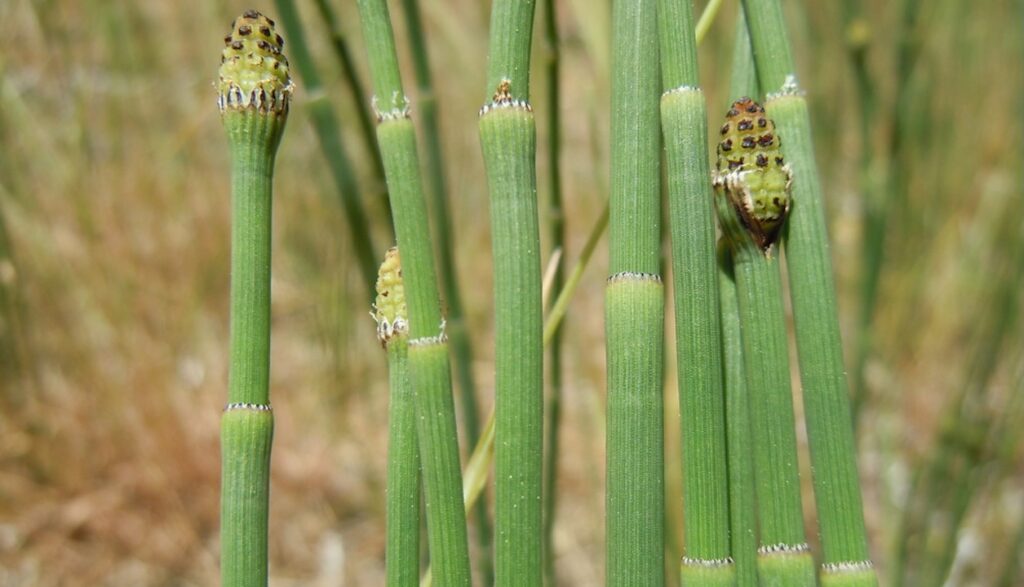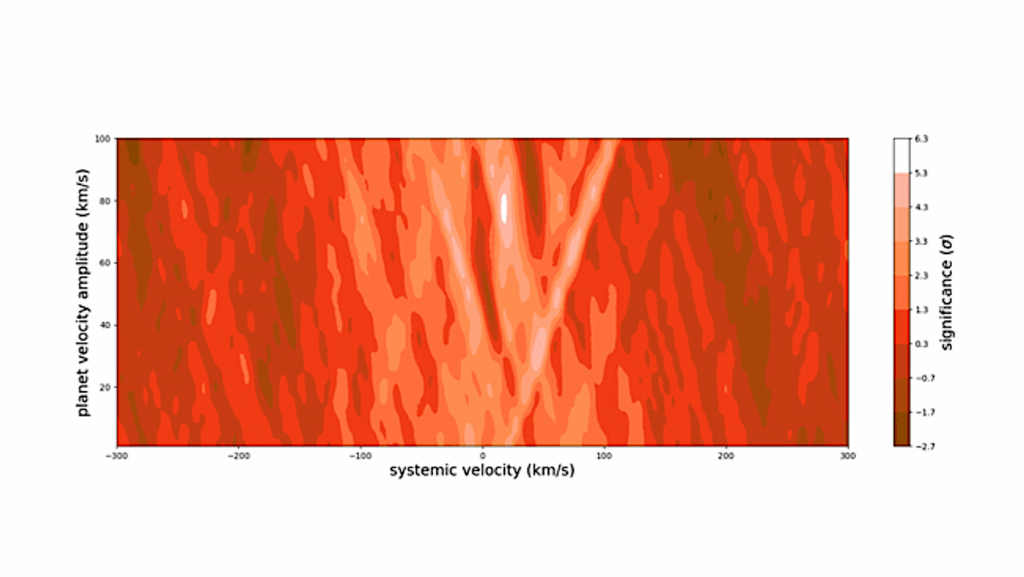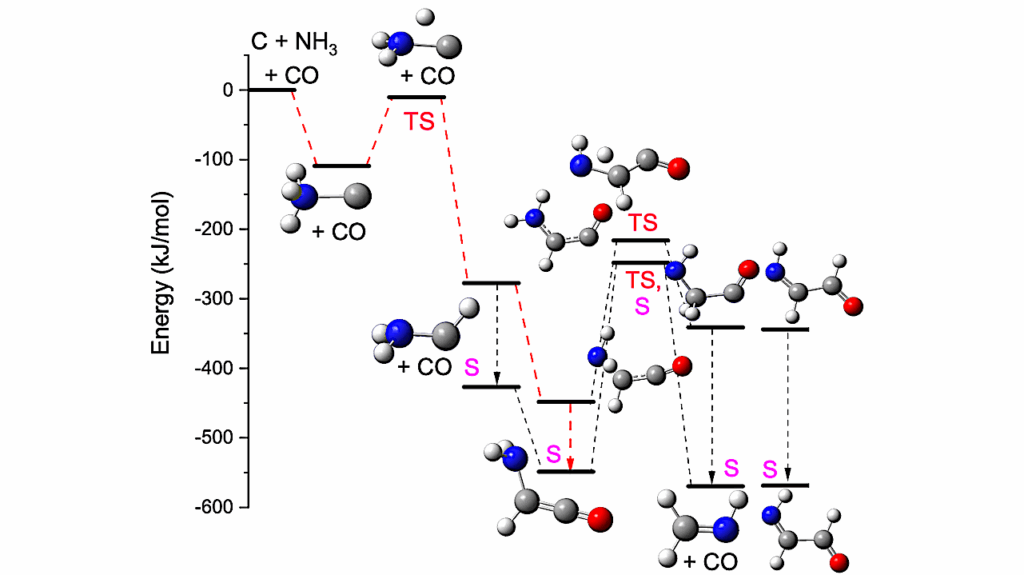Astrochemistry As A Tool To Follow The Protostellar Evolution: The Class I Stage

The latest developments in astrochemistry have shown how some molecular species can be used as a tool to study the early stages of the solar-type star formation process. Among them, the more relevant species are the interstellar complex organic molecules (iCOMs) and the deuterated molecules.
Their analysis give us information on the present and past history of protostellar objects. Among the protostellar evolutionary stages, Class I protostars represent a perfect laboratory in which to study the initial conditions for the planet formation process. Indeed, from a physical point of view, the Class I stage is the bridge between the Class 0 phase, dominated by the accretion process, and the protoplanetary disk phase, when planets form. Despite their importance, few observations of Class I protostars exist and very little is known about their chemical content.
In this paper we review the (few) existing observations of iCOMs and deuterated species in Class I protostars. In addition, we present new observations of deuterated cyanoacetylene and thioformaldehyde towards the Class I protostar SVS13-A. These new observations allow us to better understand the physical and chemical structure of SVS13-A and compare the cyanoacetylene and thioformaldehyde deuteration with other sources in different evolutionary phases.
Eleonora Bianchi, Cecilia Ceccarelli, Claudio Codella, Juan Enrique-Romero, Cecile Favre, Bertrand Lefloch
(Submitted on 20 Nov 2019)
Comments: 51 pages, 10 figures
Subjects: Solar and Stellar Astrophysics (astro-ph.SR); Astrophysics of Galaxies (astro-ph.GA)
Cite as: arXiv:1911.08991 [astro-ph.SR] (or arXiv:1911.08991v1 [astro-ph.SR] for this version)
Submission history
From: Eleonora Bianchi
[v1] Wed, 20 Nov 2019 15:59:23 UTC (7,026 KB)
https://arxiv.org/abs/1911.08991
Astrobiology, Astrochemistry








